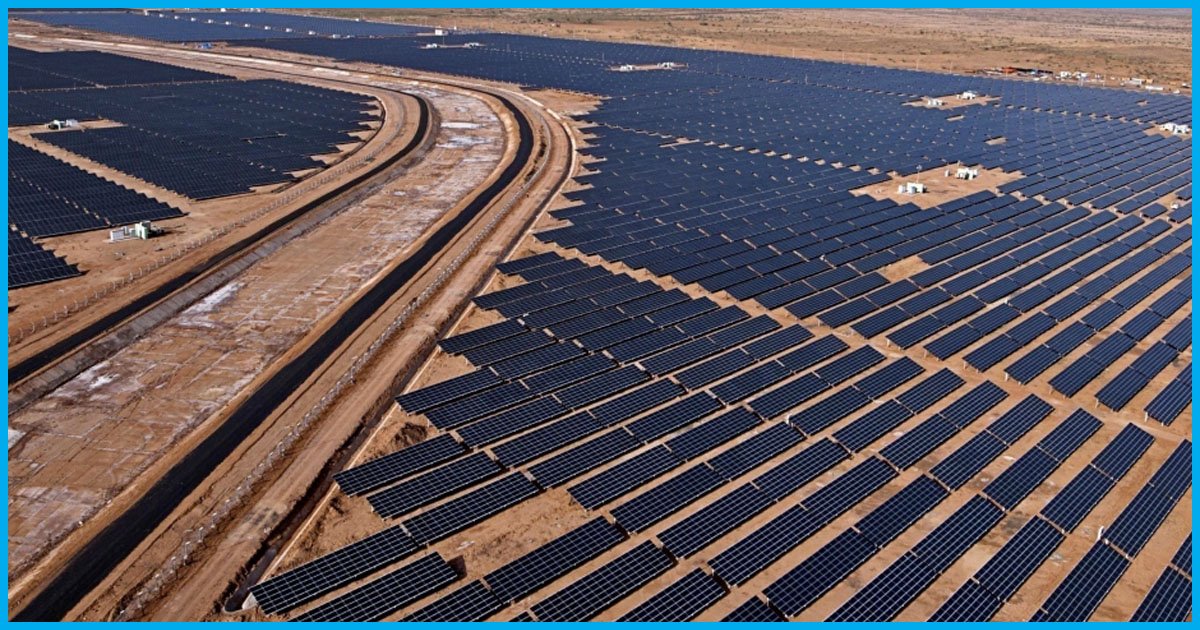
The Solar Energy Market In India Has Suddenly Found Itself In Turbulent Waters; Here's Why
The solar energy market has been facing major problems over a period. Concerns about the quality of the solar energy were one of the foremost issues that were plaguing the solar energy sector but that went away as the industry matured.
Next came the problem of the feasibility of solar power projects but that was dealt with cost cuts in several other tenders.
The third and currently relevant problem with the Indian solar energy scenario is that of dependence on China which is of concern to the solar power developers in India.
What is the problem about?
The five-fold revision of solar energy target – from 20 GW to 100 GW – opened up monumental opportunity in the market for the solar power developers. Moving away from Feed-In-Tariff (FIT) method to reverse auction method for solar tariff determination combined with FDI led the tariffs to crash to record levels.
In India, nearly 80-85% of the solar energy panels used are made in China because, in comparison to European or Indian manufacturers, the Chinese modules are cost-effective.
The declining costs of modules were aiding the solar energy developers to keep their tariffs lower. In a similar anticipation of further fall in price, these developers signed the Power Purchase Agreement (PPA) at a very low cost.
However, a problem has arisen because the module prices have gone up in China, against the expectations of the developers. China’s demand and a reduction in the production of polysilicon, a raw material used in most panels, are the primary reasons for the rising prices.
How is the solar energy market getting affected?
Solar modules initially cost around $0.30-0.33 per Watt. Project developers have bid their solar power tariffs commensurating these module costs. The solar market anticipates the module costs reach up to $0.37 per Watt.
The project developers would have to abide by the PPAs without altering the tariff even if there is a variation in the price of any solar energy plant components. This will therefore further upset their project returns which are already as low as 10-11% in India.
SolarDae has made a ‘before-after’ analysis of the Bhadla solar power project in Rajasthan – the initial stage was when the solar project was solar energy tariff for Bhadla park was quoted in May 2017.
The analysis shows that the Equity Internal Rate of Return (EIRR) is as low as 10.41% as against 13-15% which is considered as normal. It further indicates that increase in module cost by 7 cents per Watt increases the tariff of Bhadla park by around Rs.0.25 per unit – the tariff that the project developers at Bhadla should demand following price rise of the modules.
EIRR, on the other hand, reduces to 8.23%. Unfortunately, solar developers can sell their solar energy at original rates, and therefore their EIRR would take more time to become 5.45%
With the rise in the price of the modules, the feasibility of solar power would reduce in India and which would make the plan of churning out 100 GW by 2022 an even more ambitious one. The developments have already sent jitters in the solar energy market of India. Several companies are planning to wind up their operations in India. Lately, Acme which is among the leading solar developers in India has plans to exit the Bhadla solar energy park project.
 All section
All section













